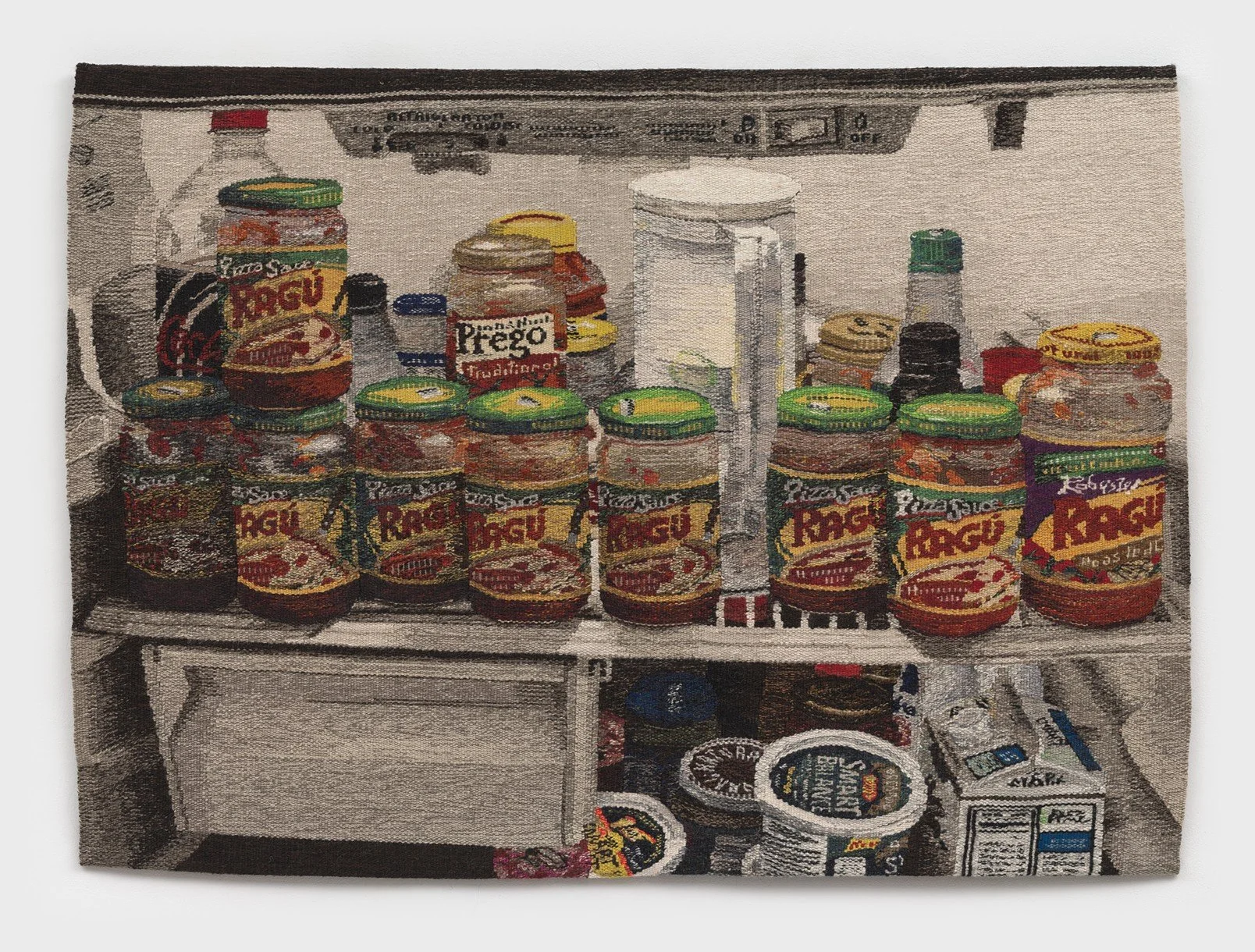via: pernu
Notes:
Jaakko Pernu’s sculptures manifest a seamless tension between minimalism and organic complexity. Drawing from early experiences assisting his boatbuilder father, he transforms willow branches and logs into lattice‑like structures that, while massive, retain an unexpected delicacy in.pinterest.com+11Thegreensideofpink+11Welum+11contemporaryearthart.wordpress.com+2thefreelibrary.com+2contemporaryearthart.wordpress.com+2. His Timberline series, for instance, cleverly merges chaotic natural forms with sharply defined geometric volumes—contrasting raw wood tangles with cubic or elevated silhouettes ThegreensideofpinkWelumbrowercenter.org.
Thematically, Pernu’s work thoughtfully addresses ecological dialogue and human impact. He leaves much to interpretation—his pieces don’t preach, but they evoke awareness of how we shape nature and vice versa freeyork.org+12Thegreensideofpink+12Thegreensideofpink+12. This subtle conceptual framing is reinforced by visual irony: his structures, built from local materials and thousands of fasteners, engage with minimalist aesthetic ideals while inviting reflection on sustainability, dematerialization, and artistic footprint ThegreensideofpinkWelumbrowercenter.org.
Yet the artist’s ambitious scale and material choices can also impose limitations. Though stunning in form, these works often demand significant transport, assembly labor, and mechanical fixings—elements that may undercut the ecosystem‑friendly ethos expected of environmental art. Moreover, the over‑reliance on screws and structural reinforcement contrasts with more sustainable, ephemeral land-art approaches that permit natural decay. Despite this, Pernu’s deliberate use of contradictions—massive yet fragile, industrial yet organic—creates a visually arresting commentary that situates his practice at the intersection of art, ecology, and cultural identity contemporaryearthart.wordpress.com+4Thegreensideofpink+4Thegreensideofpink+4.
Overall, Pernu’s work is compelling both for its craftsmanship and its conceptual field: it remains grounded in Scandinavian landscape tradition while engaging in broader conversations about environment, materiality, and human presence.
- RJG/AI








